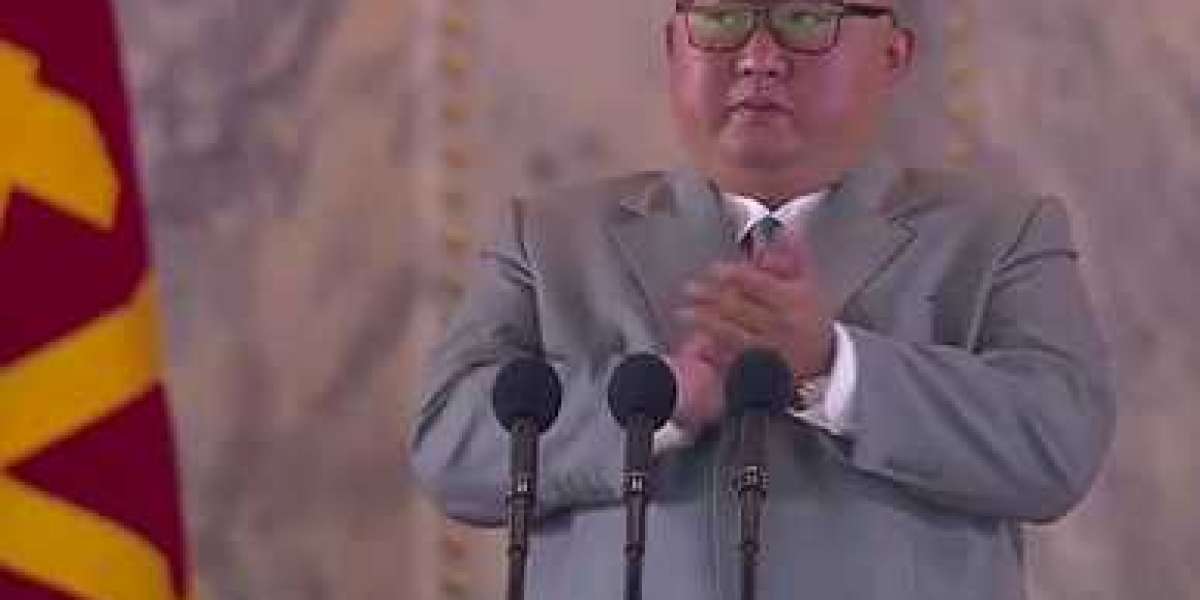– Mass mobilisation –
At least 42,000 doctors and medical personnel were sent to Hubei province to shore up the province’s health services which had, according to public health professor Zheng Zijie from Peking University, essentially “collapsed” under the strain of the fast-spreading epidemic.
Health experts from China’s Red Cross are currently helping overwhelmed hospitals in Italy, which has fast overtaken China as the worst hit country in terms of coronavirus deaths.
China’s ability to mobilise small armies of medical workers did not come with protection from contagion. More than 3,300 medical staff were infected across the country and 13 have died from COVID-19, according to health ministry figures published early March.
Government efforts in China were backed by an arsenal of propaganda, with messages repeated incessantly in the media and large street banners calling on citizens to be hygienic and stay home.
In an extraordinary effort — two new hospitals with a total capacity of 2,300 beds were built in Wuhan within 10 days.



